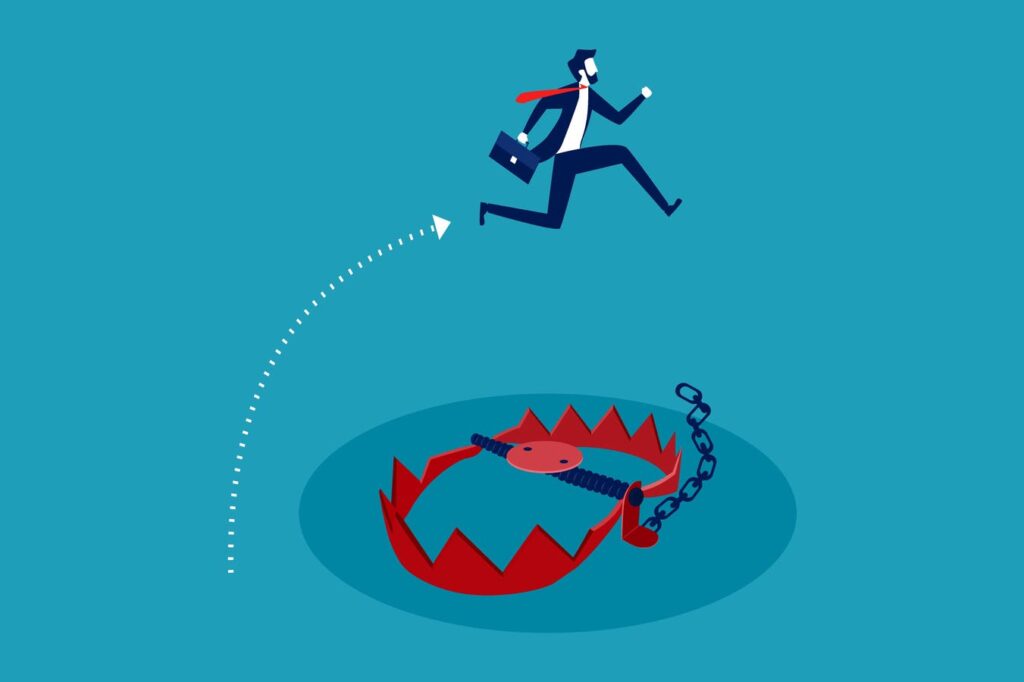According to latest data from the New York Federal Reserve, total household debt in the United States has reached $17.94 trillion. This highlights the growing financial pressures faced by many Americans, where rising costs and unexpected expenses often derail even the most diligent financial plans. In 2025, learning how to avoid new debt is more critical than ever for achieving lasting financial stability. This article discusses practical strategies to navigate your finances wisely, reduce stress, and take meaningful steps toward financial freedom.
Analyze Your Current Financial Situation
Gaining a clear understanding of your financial standing is the first step toward avoiding new debt. You should list all your outstanding obligations, such as credit cards, student loans, car loans, mortgages, and personal loans. For each debt, document the balance, interest rate, minimum payment, and due dates. This detailed inventory allows you to identify which debts require immediate attention. It can also reveal opportunities for consolidation or refinancing, which can simplify repayment.
Next, examine your spending habits. Analyze bank statements and credit card transactions over the past three to six months to categorize expenses into essentials (e.g. rent, utilities, and groceries), non-essentials (e.g. entertainment and dining out), and discretionary items (e.g. luxury purchases). Identify patterns and see where adjustments and cutbacks can be made. You may use a simple spreadsheet or download a dedicated budgeting app to make this process easier.
Finally, calculate your net worth to assess your overall financial health. Subtract your total liabilities from your total assets, which include savings, investments, property, and personal belongings. A positive value indicates financial stability, while a negative net worth highlights the need to improve. Regularly monitor your net worth to track your progress over time. It can also help you set clearer financial goals and make decisions that align with your objectives and lay the groundwork for a debt-free future.
Create And Stick To A Budget
A practical budget should prioritize needs over wants. Allocate sufficient funds for essential categories such as housing, transportation, food, and healthcare while ensuring you contribute to savings and debt repayment. At the same time, set aside a reasonable amount for discretionary spending to maintain a balanced lifestyle. For instance, planning for occasional leisure activities or hobbies can prevent feelings of deprivation that might lead to overspending.
Each month, compare your actual expenses to your budgeted amounts and analyze any variances. If unexpected costs arise, identify non-essential areas where you can temporarily reduce spending to stay on track. Conversely, if you receive windfalls, such as a bonus or tax refund, allocate it toward other goals like paying off credit card debt. Maintain flexibility in your budget so you can adapt to changing circumstances while continuing to make progress toward avoiding new debt and achieving financial stability.
Build (Or Boost) Your Emergency Fund
An emergency fund serves as a crucial buffer against unexpected financial shocks such as medical emergencies, car repairs, or sudden job loss. Without a safety net, individuals often resort to high-interest credit cards or payday loans to cover urgent expenses, leading to new debt.
Most experts recommend saving three to six months’ worth of living expenses into an emergency fund. This amount should cover necessities like housing, utilities, food, transportation, and healthcare. For individuals with variable income or high financial obligations, a six-month reserve may be more appropriate. To ensure consistency, you can automate regular transfers from your checking account to a dedicated savings account. You may also redirect any extra income entirely to your fund to reach your savings goal faster.
Keep your emergency fund in a secure and accessible location, like a high-yield savings account, to earn some interest while maintaining easy access. Avoid investing these funds in volatile assets, as market fluctuations can jeopardize their availability during a crisis.
Limit Credit Card Use
While credit cards offer convenience, they often encourage overspending due to deferred payments and revolving credit limits. The psychological disconnect between swiping a card and parting with physical cash can make it easy to lose track of expenses, leading to unmanageable debt.
To combat this, prioritize cash or debit cards for everyday purchases. These payment methods provide immediate feedback on spending and ensure you stay within your budget. Reserve credit cards for planned, budgeted purchases that you can pay off in full by the next billing cycle to avoid interest charges. By treating credit cards as tools for strategic use, such as building credit or earning rewards, you can prevent them from becoming a debt trap.
Avoid Impulse Buying
Impulse purchases often undermine financial discipline and derail long-term goals. The cumulative impact of frequent small purchases can significantly strain your budget over time. For instance, spending $10 a few times a week on unplanned items might not seem like much initially but could add up to hundreds of dollars monthly. Recognizing these patterns is the first step in mitigating their effects.
To combat impulse buying, consider implementing a cooling-off period and wait 24 hours to a few days before making a non-essential purchase. Allow yourself time to reflect and assess whether the item is truly necessary or if it aligns with your financial priorities. If the desire persists after the waiting period, evaluate how the expense fits into your budget and whether it might displace more critical spending or savings goals.
Another effective method is to reduce exposure to marketing triggers. Unsubscribe from promotional emails, limit browsing on online shopping platforms, and avoid stores where you are prone to making unplanned purchases. Minimizing these triggers can create an environment that supports thoughtful spending decisions. Additionally, prepare a shopping list before entering a store and adhere strictly to it to help keep your purchases focused and intentional.
Plan For Major Purchases
Before buying a big-ticket item, establish a timeline for saving and allocate funds regularly to a designated account, setting clear milestones to track your progress. Research various vendors and wait for seasonal sales or promotional periods to secure the best deals. High-value items like appliances or electronics often experience significant discounts during events like Black Friday or end-of-season clearances. You may also consider alternatives such as refurbished or gently used items to further reduce costs without compromising quality.
It is also important to account for the total cost of ownership, which includes ongoing expenses like maintenance, repairs, and operational costs. For instance, purchasing a vehicle requires budgeting for insurance, fuel, and servicing, while homeownership entails property taxes, utilities, and potential renovations. Factor these long-term obligations into your decision-making to prepare for the full financial commitment and reduce the risk of unforeseen expenses.
In cases where financing is necessary, approach it wisely by exploring low-interest or no-interest options. Carefully evaluate repayment terms and avoid predatory loans or high-interest credit cards, which can inflate the overall cost. Ensure that monthly payments fit comfortably within your budget and develop a clear plan for timely repayment.
Manage And Reduce Existing Debt
Two popular strategies are the snowball and avalanche methods. Debt snowball prioritizes paying off the smallest debts first while making minimum payments on larger ones. This approach builds motivation through quick wins as smaller debts are eliminated. In contrast, the avalanche method focuses on paying off debts with the highest interest rates first, saving more money over time. Both methods have their merits; choose the one that aligns with your financial priorities and temperament.
You may also consider debt consolidation and simplify repayment by combining multiple debts into a single loan with a lower interest rate. For example, high-interest credit card balances can be consolidated using a balance transfer credit card with a 0% introductory APR. This approach streamlines payments and may reduce overall costs, but it requires discipline to avoid accruing additional debt during the consolidation period.
For those facing overwhelming debt, a Debt Management Plan may be a viable option. A DMP involves working with a credit counseling agency to negotiate lower interest rates or more favorable terms with creditors. Debts are consolidated into a single monthly payment distributed to creditors, simplifying the process and making it more manageable. Moreover, participating in a DMP often includes closing credit card accounts to curb future overspending and promote financial discipline.
Final Thoughts
Avoiding new debt in 2025 requires strategic planning, consistent habits, and financial discipline. By understanding your financial situation, building a budget, and curbing unnecessary spending, you can reclaim control of your finances. Implement these tips to build resilience, reduce stress, and secure a debt-free future. Remember, every small step counts toward achieving lasting financial freedom.
Read the full article here











